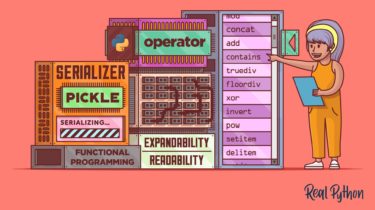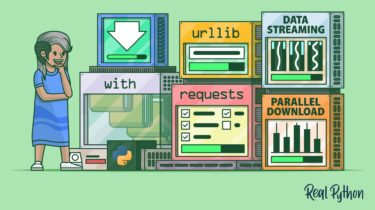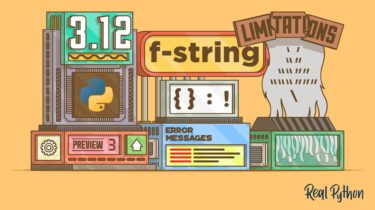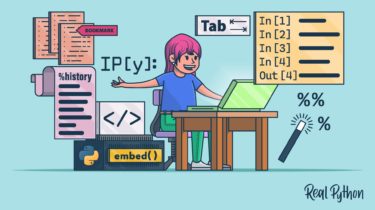Python News: What’s New From July 2023
It’s always a good month to be a Pythonista, but July 2023 really drove this point home! The release of a new Python 3.12 beta version and Cython 3.0 moved the language forward, and more change is on the way with the steering council’s announcement that a no-GIL CPython is in the works. Development in the Python world is a collective effort, with big contributions coming not from only the core developers but also everyday programmers. Sharing ideas is key […]
Read more





